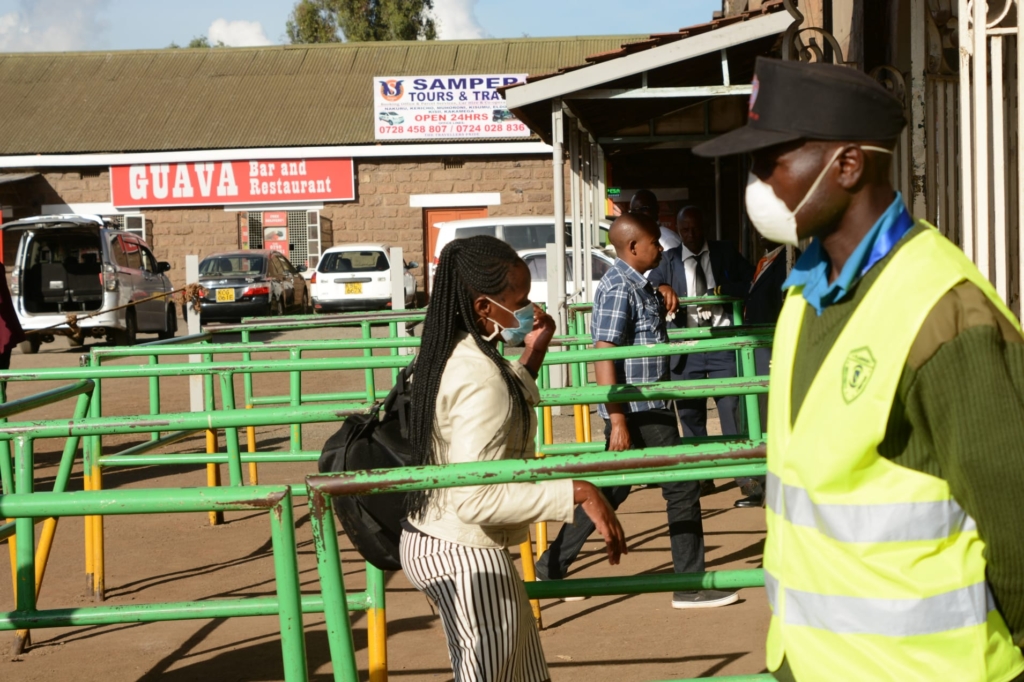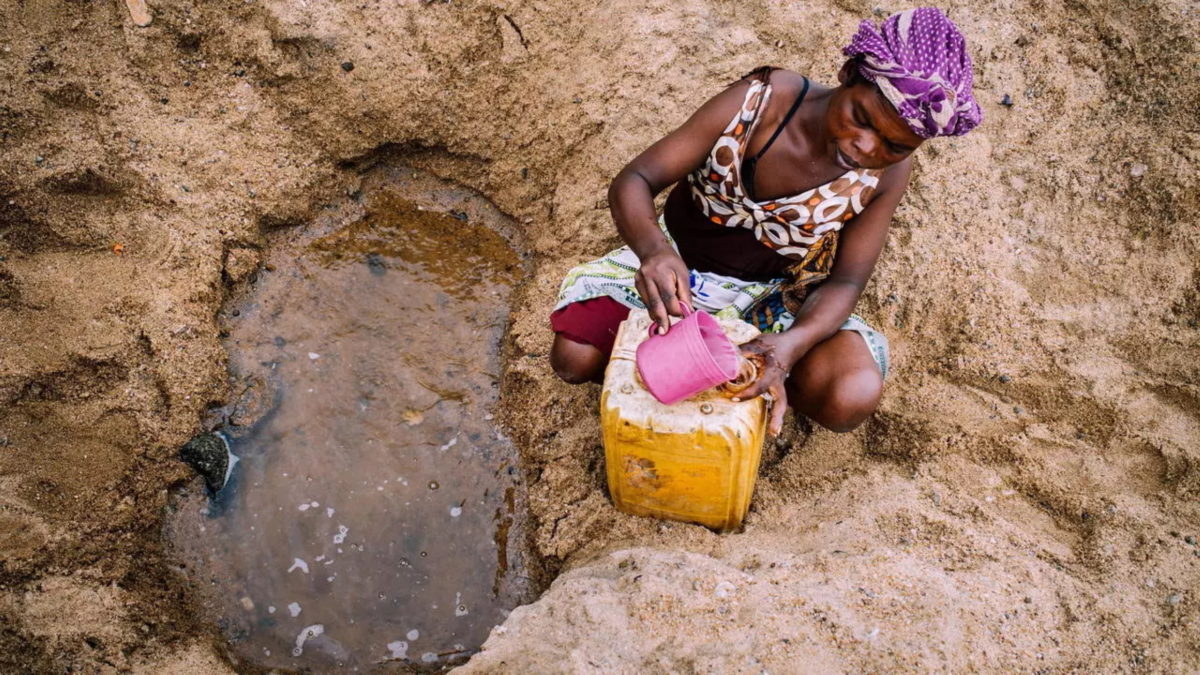East Africa faces dual shock from coronavirus and locust swarms – “My entire life in the world, I haven’t seen something like this before”

By Elliot Smith
23 March 2020
(CNBC) – Already being ravaged by the worst infestation of desert locusts in 70 years, East African economies are now staring down the barrel of the coronavirus pandemic.
The region was the standout performer for economic growth in the subcontinent prior to the locust outbreak, which threatens the food security and livelihoods of 25 million people and has required emergency funding of its own from the UN and international governments.
Last week the UN Food and Agriculture Organization (FAO) warned that the “unprecedented” situation remains “extremely alarming,” especially in Kenya, Ethiopia and Somalia where widespread breeding is in progress and new swarms are starting to form.
The UN estimates that conducive breeding conditions could see the locusts multiply by 400 times this year, decimating crops in a region which relies on agriculture for roughly one-third of its gross domestic product (GDP) and more than 65% of its employment.
Now, a combination of trade and production shocks resulting from the coronavirus outbreak, as well as the economic and medical challenges of trying to combat the pandemic itself, will likely compound these problems.
“Already facing a shock to the terms of trade due to a devastating locust infestation — which requires emergency funding on its own — the blow to the regional economy dealt by the agricultural sector and food security will be worsened by short-term disruptions within the manufacturing, tourism, and construction sectors,” NKC African Economics’ Senior Financial Economist Irmgard Erasmus said in a report last week. [more]
East Africa faces dual shock from coronavirus and locust swarms

Like a biblical plague, locusts swarm East Africa, laying waste to crops and livelihoods
By Neha Wadekar
26 March 2020
BEER, Somalia (Los Angeles Times) – In the distance, it looked like a cloud of confetti.
Faisa Abdi Alleh had never seen anything like it. Neither had anybody else here in the tiny town of Beer in northern Somalia.
With the cloud hovering over her farm about a mile away, Alleh and several of her children ran to investigate.
As they got closer, they could make out the whirring wings and the ridged torsos no longer than a finger.
“We saw them before they landed,” Alleh recalled.
This is not the first time that East Africa has seen locust upsurges approach this scale. But the size of the current situation is unprecedented in recent memory — it’s a sort of a ‘100-year storm.
Keith Cressman, senior locust forecaster, UN Food and Agriculture Organization
For the next week, she and several of her children used clothing, sticks and anything else they could find to fend off the invaders. But eventually they could only watch as the insects devoured every green leaf in sight, including all 14 acres of sesame and beans they planned to sell this season.
“We couldn’t stop them,” Alleh said.
Schistocerca gregaria, better known as the desert locust, has smitten East Africa like a plague from the Bible.
On a continent that has suffered repeated outbreaks of Ebola and is now fighting the coronavirus, the locusts may pose no less of a challenge. Hundreds of billions of them have conquered territory in at least eight countries, overwhelming governments and aid organizations while consuming crops and grazing land so rapidly that experts fear widespread famine.
Here in Somalia — where 2.6 million people are already displaced because of armed conflict and drought — no field or family has been spared.
Alleh estimated that the locust attack on her land in November resulted in lost crop sales amounting to $10,000, leaving her family and six others that help her farm deep in debt and unable to cover school fees or other basic expenses.

“My entire life in the world, I haven’t seen something like this before,” said Alleh, who has been raising 10 children on her own since her husband died of a heart attack two years ago.
Scientists blame a pair of 2018 cyclones in the Indian Ocean, a region they say is likely to experience more such storms as global temperatures rise.
The cyclones dumped unusually large amounts of rain on the locusts’ main breeding ground, a swath of the Arabian Peninsula known as the “Empty Quarter.” […]
The Food and Agriculture Organization said it is working to improve monitoring and eradication efforts across East Africa.
“We need swift action to inhibit another round of reproduction,” Keith Cressman, who holds the title of senior locust forecaster at the U.N. agency, wrote in an email.
“This is not the first time that East Africa has seen locust upsurges approach this scale,” he said. “But the size of the current situation is unprecedented in recent memory — it’s a sort of a ‘100-year storm.’” [more]
Like a biblical plague, locusts swarm East Africa, laying waste to crops and livelihoods

